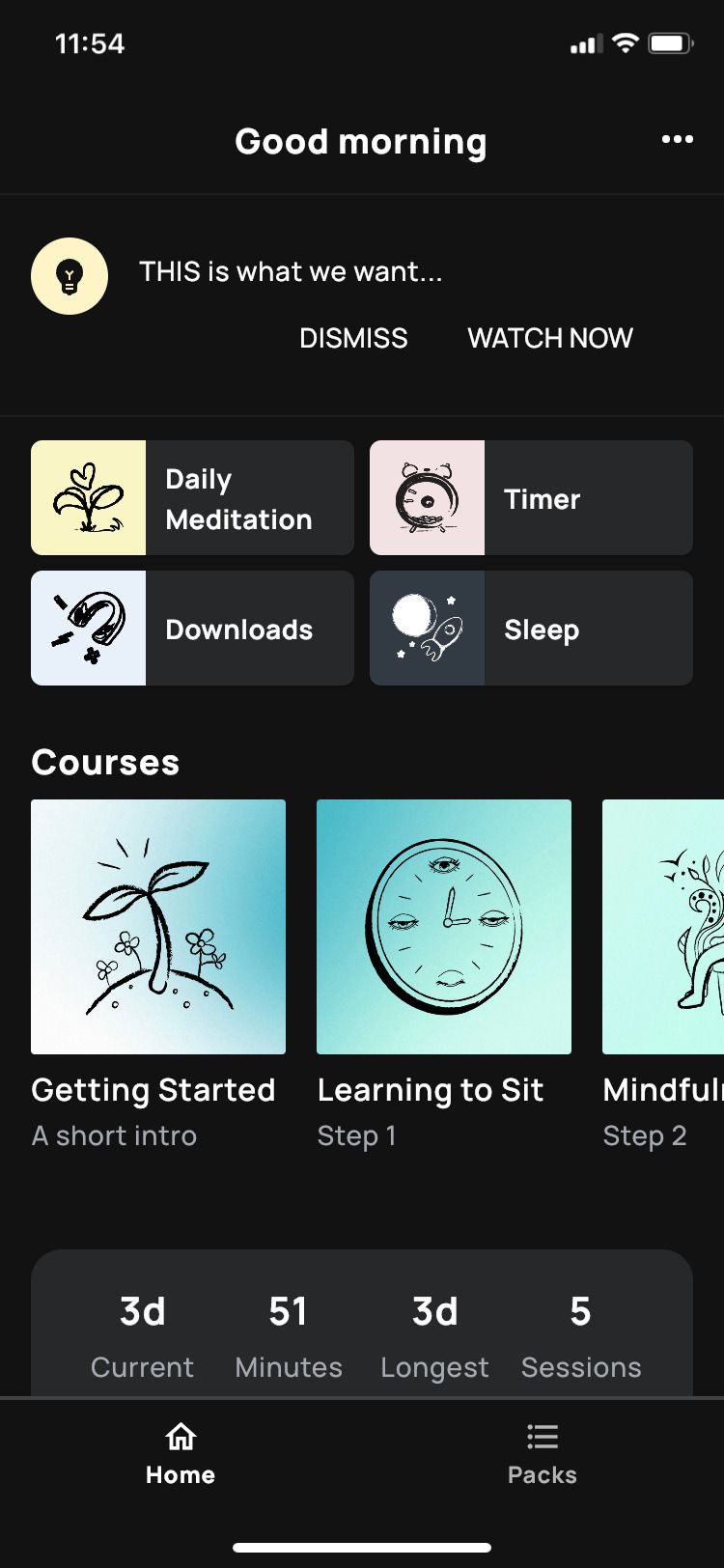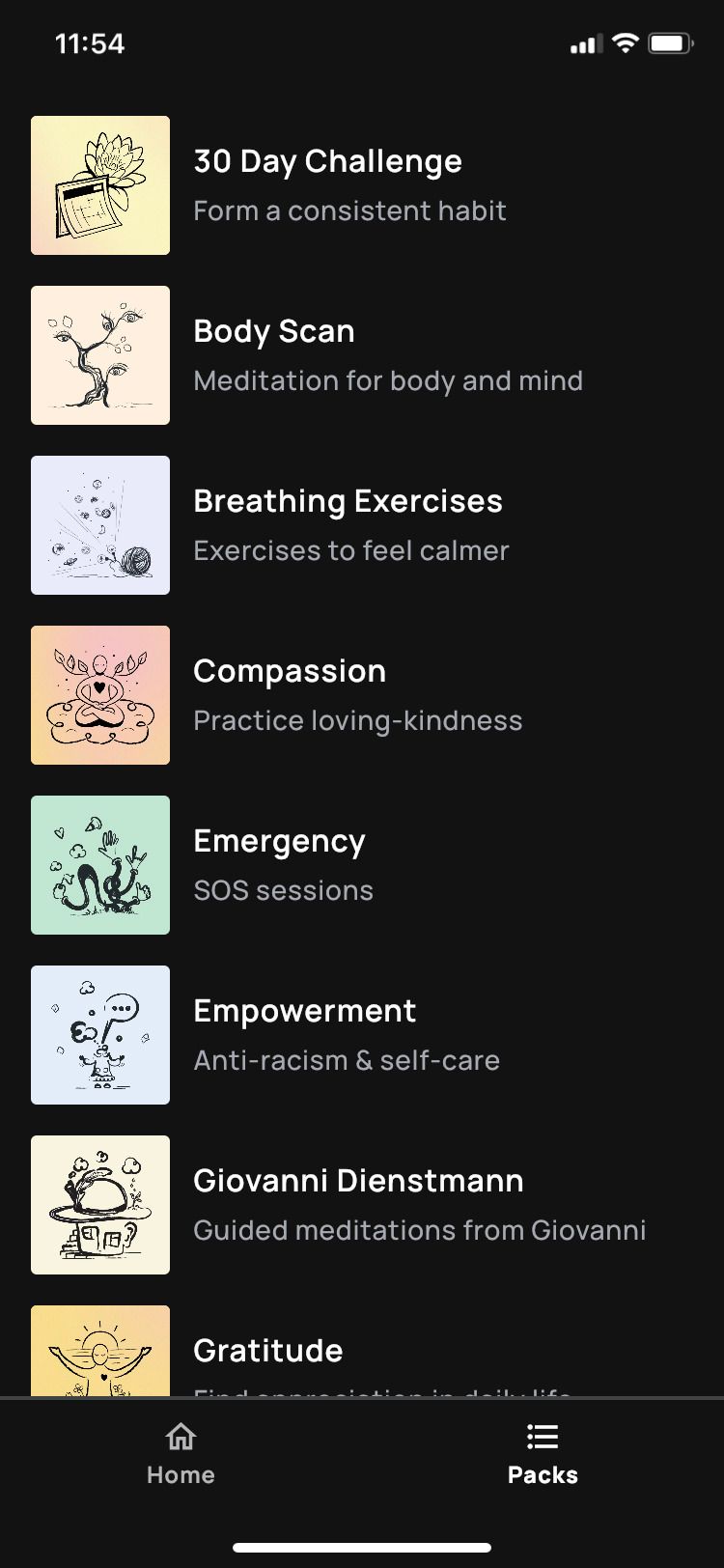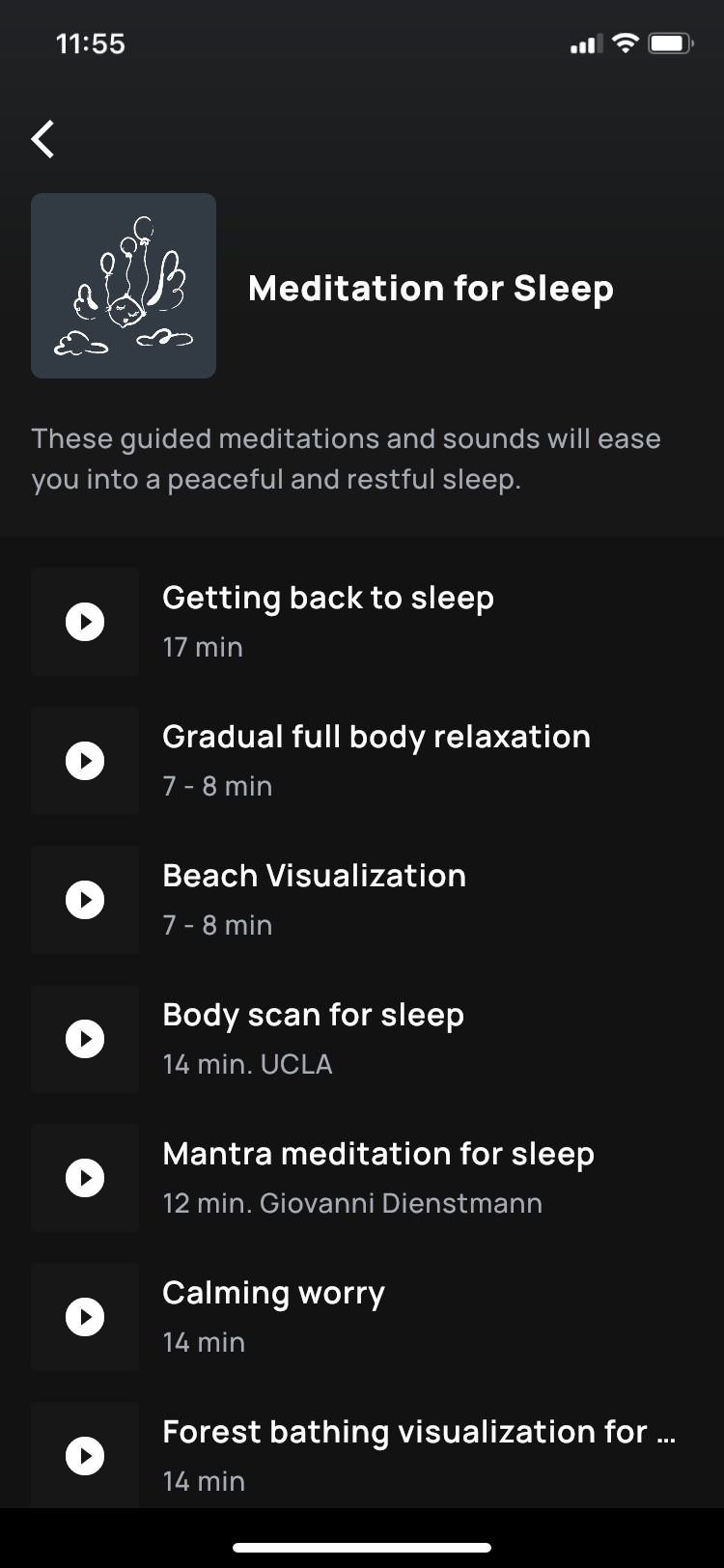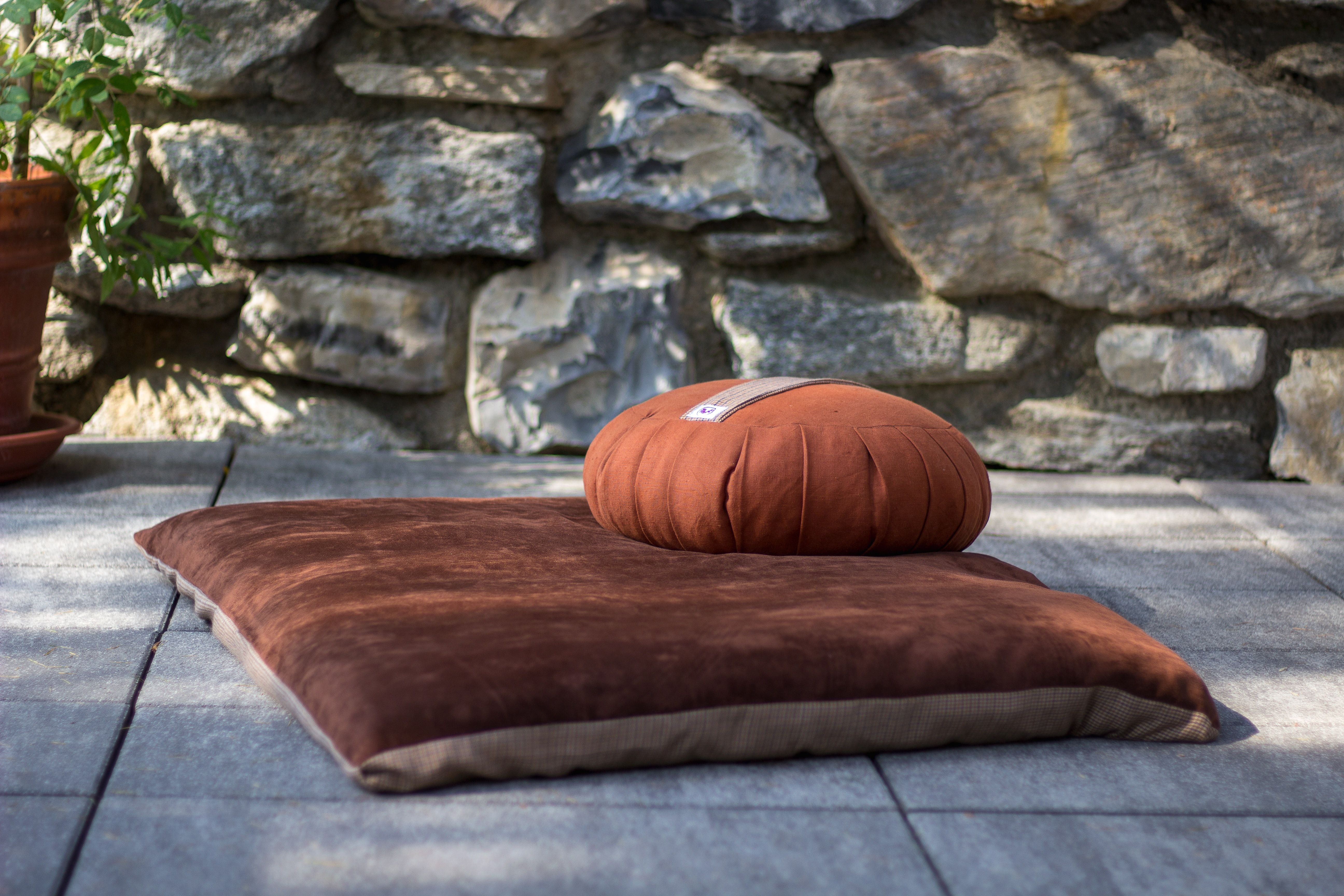Meditation can help reduce stress and improve your general well-being. However, sticking with a resolution to meditate every day can be tricky, especially when you’re in a busy or stressful situation. Here’s how to make the meditation habit stick and become a welcome portion of your daily routine.
What Are the Benefits of Meditation?
Before diving in, take a moment to review the many ways that meditation can benefit your life. These reasons can be motivating in their own right.
To begin with, mindfulness meditation provides mental health benefits for many practitioners. For instance, mindfulness-based meditation has positively helped people with depression, as well as those with anxiety disorders, according to the American Academy of Family Physicians.
In addition, some studies have shown that mindfulness meditation may help lower blood pressure, according to the Journal of Human Hypertension. The people who received mindfulness training also reported decreased levels of depression, as well as a greater sense of acceptance, after eight weeks of meditation practice.
What do you hope to get from practicing meditation? For many people, it’s simply pleasant to have a few minutes of quiet time to yourself every day as well. Here's how to make meditation a habit that sticks.
1. Start Small by Doing Short Meditation Sessions
Don’t feel pressured to make a huge time commitment right off the bat. When you’re just starting to build the habit of meditating regularly, set small and attainable goals. A technique sometimes known as building mini-habits can help develop productivity and make following through with the goal a cinch.
In this case, meditating for five minutes (or even one minute) every day is one way to make this habit an easy commitment. Set a timer if you like, or follow along with a brief meditation video, such as this 5 Minute Mindfulness Meditation from Great Meditation.
2. Pair Meditation With Another Task
Habit-stacking is the practice of pairing one new activity with something you already do every day. Popularized by authors like S. J. Scott and James Clear, the idea is all about using momentum from your regular routine to add in a new activity.
In this case, you might decide to meditate directly after brushing your teeth every morning. The current activity (tooth brushing) acts as a cue that it’s time to meditate. Over time, practicing meditation will become a regular part of your routine—something you do automatically without a second thought.
3. Join a Meditation Group
Get more involved in the meditation community by joining a group. Search for meditation groups near you on Meetup or a similar site for in-person events.
Alternately, join online meditation communities such as the Meditation Chapel to participate with meditators from across the globe. Sometimes simply having a set time and space to meditate, as well as a friendly and supportive group, is all the motivation you need.
In addition, you'll help develop a community that can inspire you to devote time to your meditation practice, even on the busiest of days.
4. Schedule Meditations for the Same Time Every Day
Choose a time that works well with your schedule and stick to it. Many people like to meditate in the morning when the day is still fresh, but you might prefer an afternoon or evening session to help shake off some of the day's stresses.
Experiment with different times of day to find the moments that work best for you. To make sure it doesn't slip your mind, create an alert, or set a vibrate-only iPhone alarm to subtly remind you it’s time to meditate.
5. Get Friends and Family Involved
Enlisting a friend to support your meditation journey is another excellent way to make your meditation habit stick. If possible, set aside time each day to meditate together, whether you’re in the same room or connecting virtually.
Keep track of your daily meditation times with a text chain, or use an app like Habitshare to build the routine with help from your social circle. Eventually, these group meditations will become part of your regular routine.
6. Create an Inviting Space for Meditation
Your meditation space can be anything: a comfortable chair, yoga mat, or even your bed. Anywhere you feel comfortable is fine, and it’s even better if you’re able to meditate in a relatively quiet part of your living space.
If you like, decorate and furnish your meditation space to make it more personal. Some people will enjoy sitting on a traditional meditation cushion, for instance. Bring aromatherapy into play with some smart ultrasonic diffusers or block out disruptive sounds with active noise-canceling earplugs. Play around with your space to make it a calming, restful area that you enjoy.
7. Use Meditation Apps You Love
Learning to meditate can be as easy as downloading a new app. With the explosion of quality meditation apps in recent years, you have a fantastic selection of options.
Packed with content for total beginners and more experienced meditators alike, the completely free Medito app is an excellent resource for anyone curious about the practice. Simply listen along as soothing narrators lead you through body scans, sleep meditations, and breathing exercises.



Next, the popular Calm app for meditation and mindfulness practices offers focused meditations to help address anxiety, stress, and relationships. Whether you have three minutes to spare or a half-hour, there are meditations of various lengths designed to work with your schedule. The app also includes sleep stories to help you doze off, as well as soothing music to enjoy at any time.
Meanwhile, the Headspace meditation app provides hundreds of meditations, music, and even workout options. Designed to help you out during intense moments, SOS sessions offer immediate strategies for relief.
Daily meditations help you explore more about the practice each day. It's a robust app with plenty of features for newcomers and more experienced meditation practitioners alike.
Find the Motivation to Meditate Every Day
Whether you join a local meditation group, try out an app, or adjust your daily habits, there are many different avenues to make meditation part of your regular routine. Play around with these suggestions to find the right avenue for your practice.


